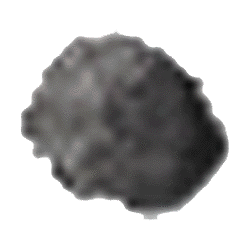





WEATHERING
Weathering of the
slope above the river can occur in four main ways. After
weathering the load may fall into the river and be transported
away.
Freeze Thaw
(Occurs in cold
climates, where temperatures fluctuate above and below freezing
point)
- Water gets
in cracks and joints of rocks.
- this water
freezes, expanding as ice
- the
expansion causes the rock tto expand, and crack more
- When ice
thaws,a nd more moisture gets into the crack
- Process is
repeated many times, until the rock is broken away.

Exfoliation
(After repetative
heating and cooling layers of rock crack off, like onion skins.
Some moisture is usually presant.)
- Dark granite
accepts heat readily.
- Outside of
the rock is heated more than the inside.
- Due to this
heating the outer layer of rock expands.
- Because the
outer layer is expanding and the inner layer is not the
rocks outer layer cracks.
- After many
heatings and coolings the outer layer cracks off.

Chemical
(Acid from rain
causes granular dissintegration)
- Granite is
particularly susceptible to this form.
- Acid reacts
with its crystaline structure readily.

Biological
(Plants break
down and leave acid deposits which chemically weather rock.
Physical break down of rocks by roots is not a major factor.)
- Basically
chemical weathering, acid is from humus from decomposing
plant material.
{ Main Page| Erosion | Transportation|Riffles and Pools}






![]()
![]()
![]()
![]()
![]()
![]()



![]()
![]()
![]()
![]()
![]()
![]()